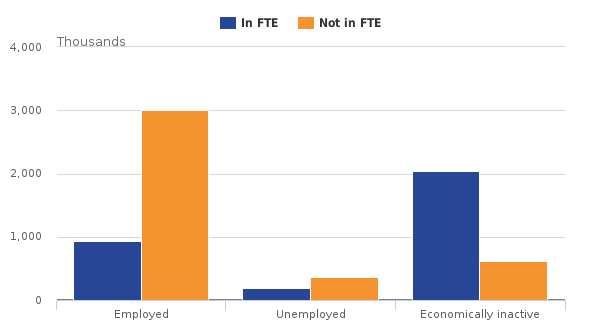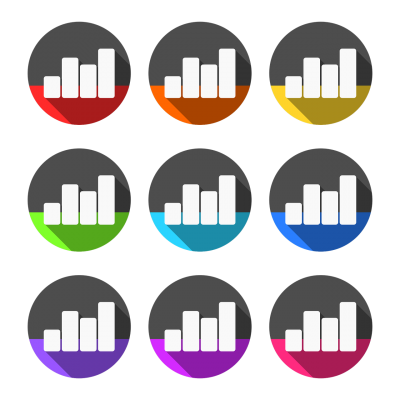The latest ONS data shows the employment rate at 74.6%, matching last months record highs. The data available cover the period from November 2016 – February 2017.
The figures show that the number of people in work increased, the number of those unemployed fell and the number of people aged 16 – 24 not seeking or available to work (economically inactive) also fell.
We take a look at the headlines and the youth unemployment figures in more detail.
The Headlines
- There were 31.84 million people in work, 39,000 more than for September to November 2016 and 312,000 more than for a year earlier.
- The employment rate (the proportion of people aged from 16 to 64 who were in work) was 74.6%, the joint highest since comparable records began in 1971.
- The unemployment rate was 4.7%, down from 5.1% for a year earlier. It has not been lower since June to August 1975.
- There were 8.88 million people aged from 16 to 64 who were economically inactive (not working and not seeking or available to work), 10,000 fewer than for September to November 2016 and 36,000 fewer than for a year earlier.
- Latest estimates show that average weekly earnings for employees in Great Britain in real terms (that is, adjusted for price inflation) increased by 0.2% including bonuses, and by 0.1% excluding bonuses, compared with a year earlier.
Youth Employment figures

Within this data set young people are defined as those aged 16 – 24. Young people in full-time education are included in the employment estimates if they have a part-time job and are included in the unemployment estimates if they are seeking part-time work.
- For the three months to February 2017, the unemployment rate for 16 to 24 year olds was 12.4%, lower than for a year earlier (13.7%) but slightly up on last month (12.3%).
- 3.93 million people in work (including 932,000 full-time students with part-time jobs)
- 558,000 unemployed people (including 193,000 full-time students looking for part-time work)
- 2.66 million economically inactive people, most of whom (2.04 million) were full-time students
The unemployment rate for those aged from 16 to 24 has been consistently higher than that for older age groups. Since comparable records began in 1992:
- the lowest youth unemployment rate was 11.6% for March to May 2001
- the highest youth unemployment rate was 22.5% for late 2011
Next Steps:
- Join Youth Employment UK as a Community Member and work with us to help tackle Youth Unemployment
- Read our #CareersCampaign and see our recommendations for a new careers strategy
- Read our APPG for Youth Employment report into youth employment data here
- Read more of our articles and best practise support here







